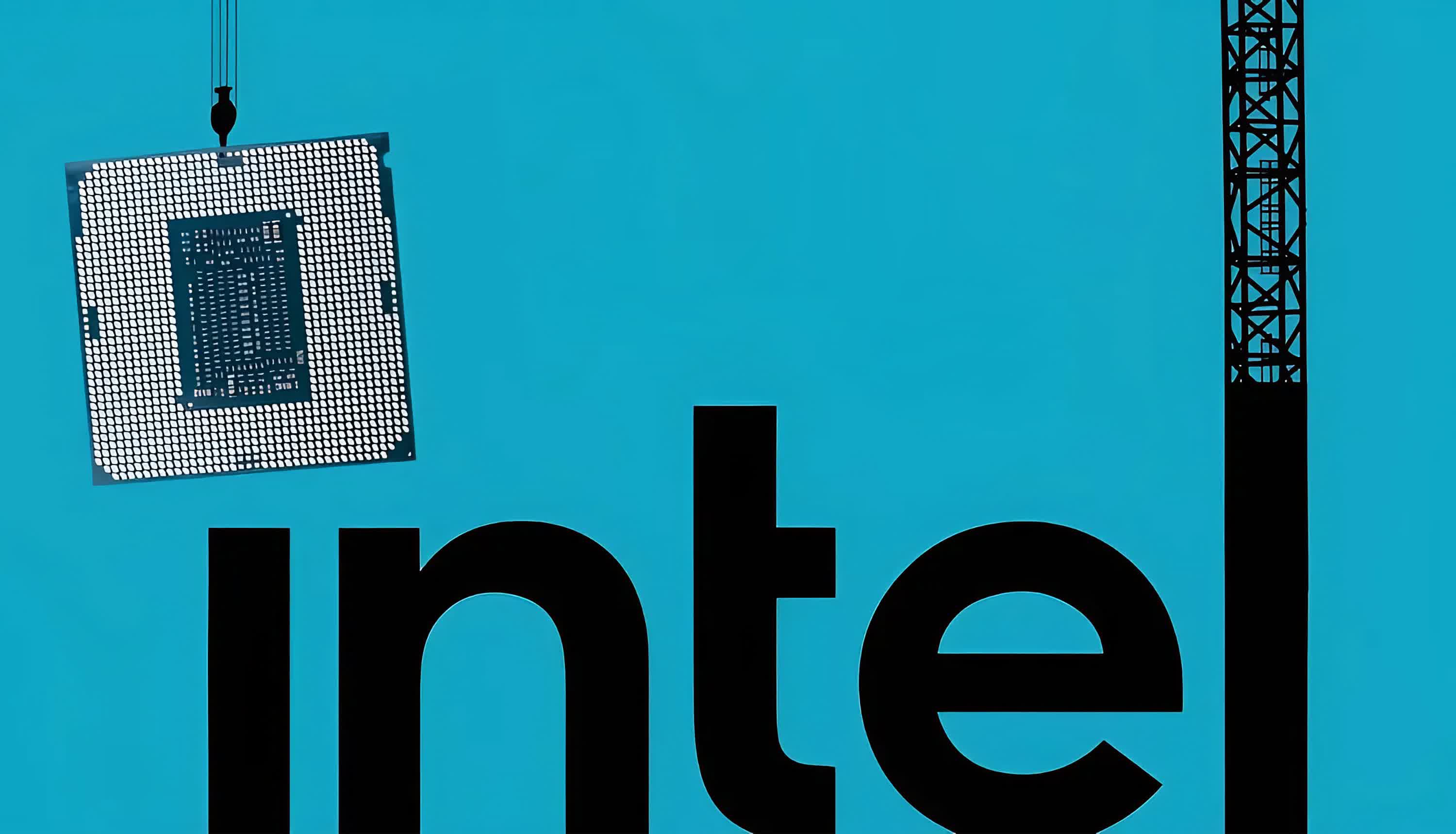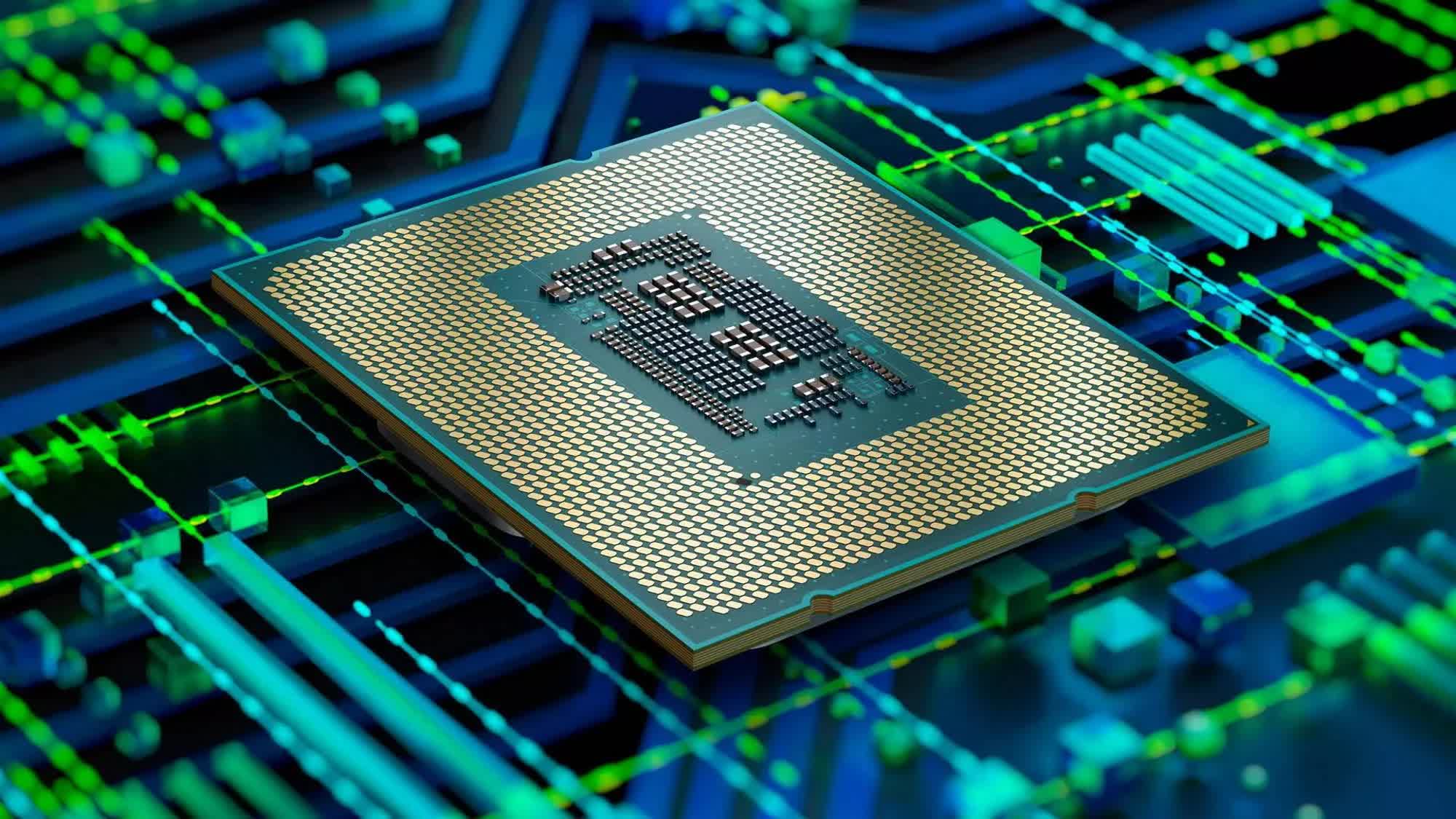In a nutshell: Intel has unveiled the latest revision of its pared-down X86S instruction set architecture. Version 1.2 takes the trimming trend further by axing multiple 16-bit and 32-bit features. It continues the chipmaker's promise last year to optimize the x86 architecture.

The X86S is Intel's modernization plan for the venerable x86 lineup that powered PCs for decades. The original x86 architecture emerged in 1978 with the 16-bit 8086 processor. As computing demands grew over the decades, Intel added new capabilities to handle 32-bit and 64-bit computing.
However, all those expansions added complexity and bloat. So in May last year, Intel floated the idea of a streamlined, 64-bit-only version dubbed X86S. The goal is to strip out the obsolete bits for a more optimized chip design.
This new version 1.2 spec makes good on that plan by removing multiple 16-bit and 32-bit features. These include real and protected 16-bit modes, 16-bit addressing, the antiquated ring 1 and 2 privilege levels, and other little-used legacy stuff.
#Intel released the X86S (simplified, legacy-free X86) specification 1.2 with a lot of modifications and new CPUID bits:
– InstLatX64 (@InstLatX64) September 24, 2024
CPUID.7.1.ECX[2]: X86S (LEGACY_REDUCED_OS_ISA)
CPUID.7.1.ECX[4]: SIPI64 (64-bit "start-up" interprocessor interrupt)https://t.co/vX9R6hINqt https://t.co/dcekaF540v pic.twitter.com/FCOOz6FKGs
In its previous blog, Intel claimed that remnants from the 8086 and 386 eras have become unnecessary in our 64-bit world. Though details are murky, a "32-bit compatibility mode" is still present.
Intel also highlighted that for 64-bit operating systems from the late 2000s and early 2010s, Intel is leaning on modern virtualization to provide support. That means anything older, like Windows XP, DOS, or other 16-bit/32-bit relics, would be relegated to virtual machines and emulators from now on.
It is unclear how far Intel will go in the name of efficiency. One of x86's superpowers has always been its unmatched legacy support stretching back decades. That allowed old software and hardware to work long after new standards emerged.

If Intel commits to X86S for future CPUs, it could mark a radical break from that longstanding ethos of maximum compatibility. All this has been a long time coming though, especially as the arguably more efficient Arm architecture gains ground thanks to Apple and Qualcomm.
Of course, Intel's decisions won't happen in a vacuum. Longtime x86 partner and rival AMD will likely have significant input. Team Red's 64-bit extensions (AMD64) for x86 paved the way for modern 64-bit computing after Intel's Itanium efforts fizzled out. If X86S is to succeed, the two chip giants will likely have to coordinate.
Intel releases X86S instruction set version 1.2, killing multiple 16-bit and 32-bit features